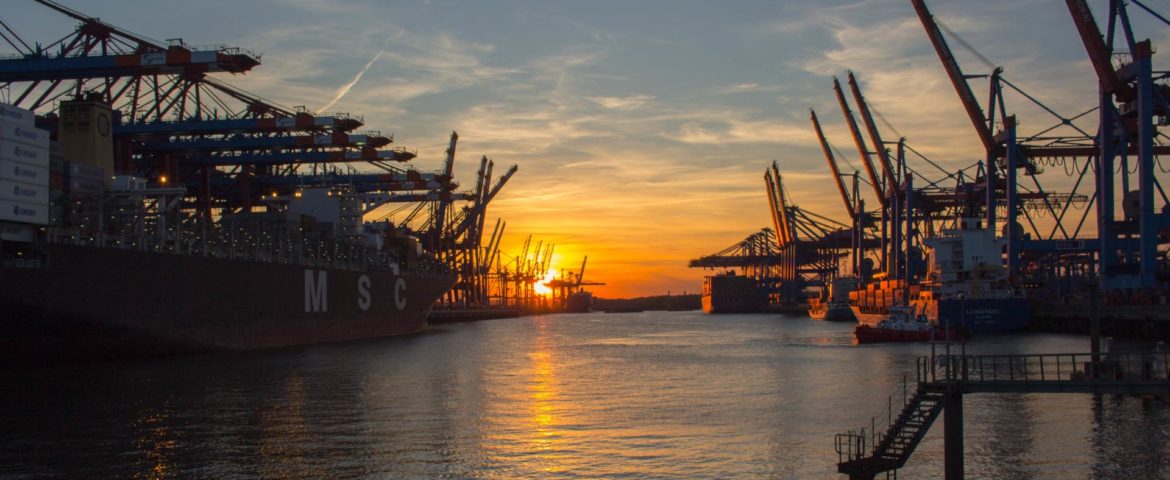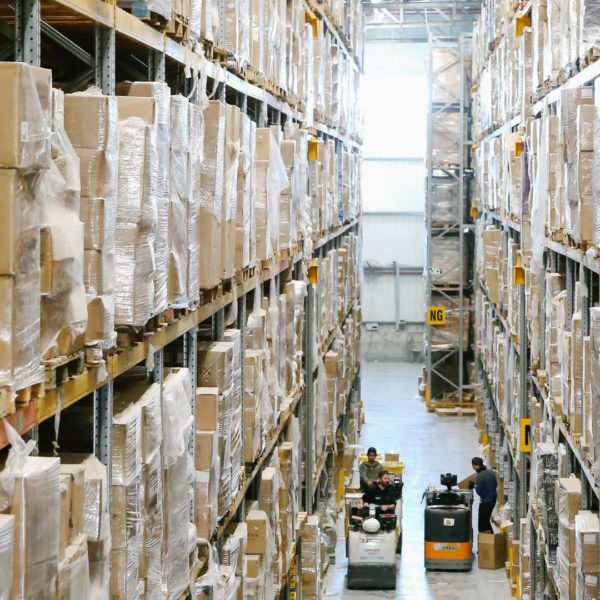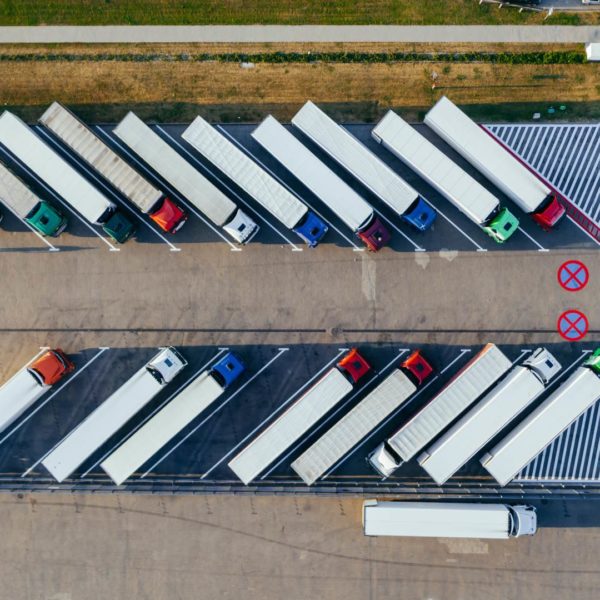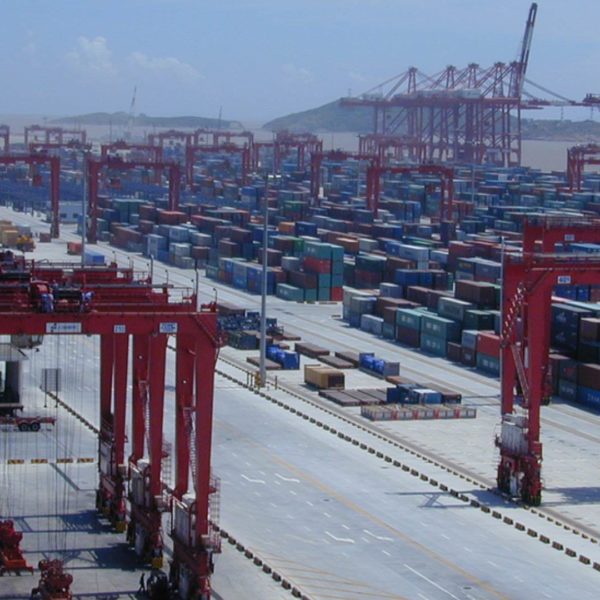With Supply chain stories once again reaching headline status on national news services, Supply chains have had more mention and focus on them than probably any time within the last 10 years.
Recent reports of nearly 70 vessels waiting to unload at the ports of Long Beach/LA, the pledges by several larger facilities and private companies to begin 24/7 supply chain operations in an effort to rectify the situation, and even President Biden directly addressing the problem underscoring it’s importance to the greater economy.
Why are Supply Chain Disruptions still a major issue?
Global supply chains are highly complex, backed with billions of dollars worth of physical assets, and hundreds of thousands of workers in thousands of companies needed to move, store and make the materials and goods that firms need. In addition, more than ever, supply chains are heavily globalized, requiring coordination across continents, languages, political differences, etc.
All of this underpins the system as being highly complicated, and more prone than many realized to a global disruptive event like the coronavirus pandemic.
Prior to the pandemic, global supply chains were at least moderately balanced meaning as many ships would be leaving Los Angeles as arriving, as many empty containers available as full containers being unloaded. With the dramatic pause in global shipping due to port facility, supplier and distribution center outbreaks, this balance was disrupted. When carriers resumed sailing, many ships were departing China for the western US at one time, resulting in a traffic jam of ships arriving at the ports in a short amount of time.
On top of this, many did not foresee the massive consumer demand that arose in Q3 of 2020. Most economists, shipping companies, and B2C product firms thought that the global economies would be somewhat depressed with fewer consumer purchases requiring less inventory. For most industries, this simply wasn’t true, with e-commerce orders being higher than ever in 2020, and rising even more in 2021.
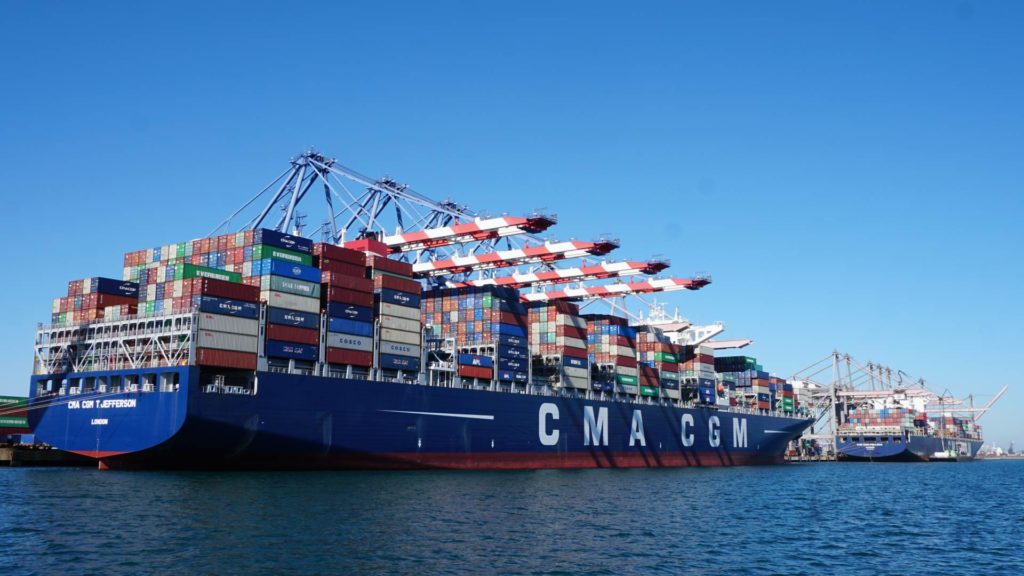
Port Facilities
Unloading thousands of containers from cargo ships requires pier and crane capacity at ports. Planning for larger and larger cargo ships is an ongoing cause of massive investment on behalf of port authorities, which much have channels deep enough for the ships to maneuver in, cranes tall enough to span their height, and pier space so they can dock.
In short, there are only so many “parking” spots for massive container ships that are large enough with the equipment needed to unload.
There also has to be enough space in the container port for the containers to be stored until trucks or trains arrive to move the containers further inland.
It takes time for additional assets to be constructed, as they are typically large and expensive construction projects. While many ports have announced plans to expand capacity, this is not an immediate solution. Instead, some ports are now operating with three shifts to provide for 24/7 operations, which should increase throughput so long as additional workers can be found.
Inland Transportation Capacity
Container yards are filling up in US ports. In many cases, the ports are able to somewhat efficiently unload vessels, but the containers are stacking up in the storage yards inside the port premises. This is a major problem since it’s necessary for there to be room to stack containers as they are unloaded from ships. A supply chain blockage, even past the ship unloading phase will still slow the entire supply chain down and cause delays.
As we’ll discuss below, trucking capacity is low, in part due to a driver shortage for commercial tractor-trailers and drayage equipment. Many drayage firms, which operate short-haul container trucking out of the ports are booked for several months in advance. All of this adds up to a situation where containers are taking longer to be picked up from inside the ports by trucking firms, and shippers are taking longer to return empty containers to the port.
Driver Shortages
The average age of a truck driver is over 50, with fewer entrants to the industry now than in decades. This has perpetuated a lack of trucking capacity, due in part, to driver shortages over the last 3-5 years. By itself, this is still a significant issue, that the supply chain industry has been stumbling to rectify well before the pandemic started. The underlying issue became much more pervasive with the pandemic, highlighted by the rise in freight volumes driven by consumer purchases.
The long-term questions around driver shortages remain, as firms work hard to recruit new drivers, develop driverless/self-driving trucking technology and put more freight on trains. None of these solutions are an overnight fix and will require significant attention in the coming decade.
Solving the increasingly urgent driver shortage issue will become a major focus in the coming years.
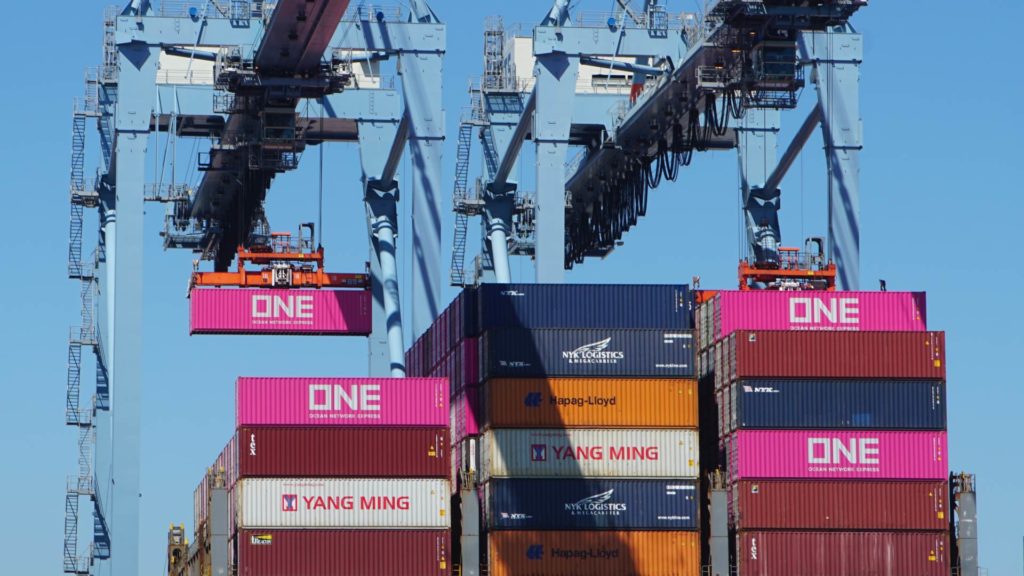
On Pier Intermodal Rail Transportation
One increasingly popular method to expedite the movement of containers from within port facilities further inland is the use of intermodal shipping services. This allows for containers to be moved directly from ships to container trains on the pier, thus eliminating the need for drayage trucks. This isn’t a valid option for many routes, but for inland locations that have a significant number of destined containers, this is a highly efficient procedure. For example, a huge number of containers are shipped from LA/Long Beach to Chicago, New Jersey, Atlanta, and Memphis. Intermodal is a strong fit on lanes like this. Intermodal also reduces greenhouse gas emissions by 50-70%, which helps to foster more green supply chains.
Technology
Technology improves asset and driver utilization by decreasing the number of empty miles trucks operate, increases the utilization of owner-operators by larger transportation companies, and permits better visibility of containers to allow for better planning and quicker more efficient unloading.
All of these methods mean that capacity is in essence created by the application of technology. Digital providers like Zmodal, give shippers the ability to easily access the intermodal shipping network, opening up capacity and reducing their transportation costs vs solely relying on over-the-road trucks.
Zmodal is a top intermodal shipping company, providing door-to-door intermodal, and full truckload services nationwide through our digital supply chain dashboard which provides easy route searching, booking, document management, and analytics. CONTACT US if you want to lower your supply chain costs or want access to North American intermodal capacity.
